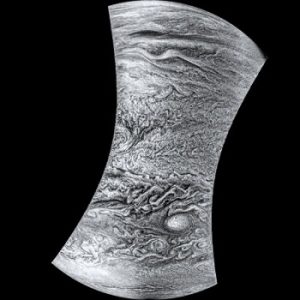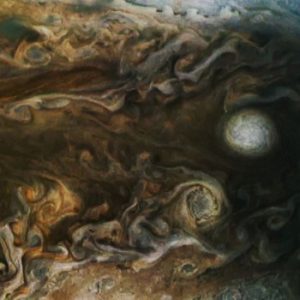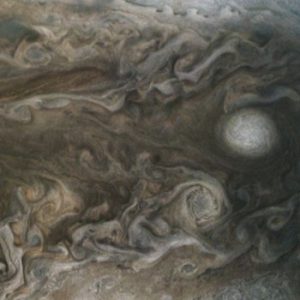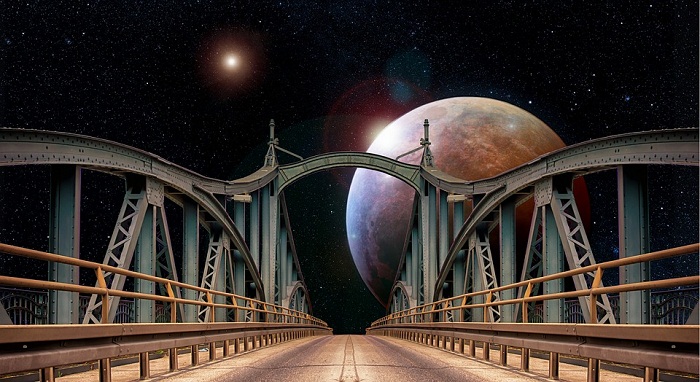
NASA has released some new, stunning images of Jupiter that were captured by Juno during its latest flyby of the planet.
This is Juno’s fifth flyby of the gaseous giant, during which the spacecraft travelled at a speed of about 129,000 miles per hour (208,000 kilometers per hour) relative to Jupiter, and about 4,400 km above the cloud tops of the planet.
The new images released by NASA are those that have been processed by citizen scientists. These people process the Juno’s raw pictures and convert them into some spectacular images. These pictures were captured by Juno on March 27, and could lead researchers to new discoveries about the largest planet of our solar system.
“We are excited to see what new discoveries Juno will reveal,” said Juno principal investigator Scott Bolton of the Southwest Research Institute in San Antonio, Texas.
“Every time we get near Jupiter’s cloud tops, we learn new insights that help us understand this amazing giant planet,” Bolton added.

During the fifth flyby, the scientific instruments at Juno tried to gather information about Jupiter’s gravity, atmosphere, and electromagnetic fields, while Junocam was busy taking pictures of the plane at the same time.
Jupiter is the largest planet in our solar system and appears to astronomers as a deep red orb surrounded by layers of orange, pale yellow, and white. Jupiter’s Great Red Spot is actually a massive, spinning storm – more than twice Earth’s size – in the atmosphere of the planet. The maximum speed of winds inside the storm sometimes reaches about 270 miles per hour.

Juno is a NASA space probe launched from Cape Canaveral on August 5, 2011, with an aim to study planet Jupiter. Juno was built by Lockheed Martin as part of NASA’s New Frontiers program to study Jupiter’s composition, magnetic field, gravity field, and polar magnetosphere. It is operated by NASA’s Jet Propulsion Laboratory. Juno entered a polar orbit of Jupiter on July 5, 2016. The mission life of Juno is 20 months, and during this period, Juno will try to find clues about the formation of Jupiter, the amount of water present within the deep atmosphere, mass distribution, its core composition, and its deep winds. After completion of the mission, the spacecraft will be deorbited into Jupiter’s atmosphere.
Juno is the second spacecraft, after Galileo, to orbit Jupiter. The nuclear powered Galileo spacecraft orbited around Jupiter from 1995 to 2003. Juno uses its solar arrays to get power to operate. Juno has three largest solar array wings ever deployed on a planetary probe, which generate power for Juno and also help in stabilize it.
